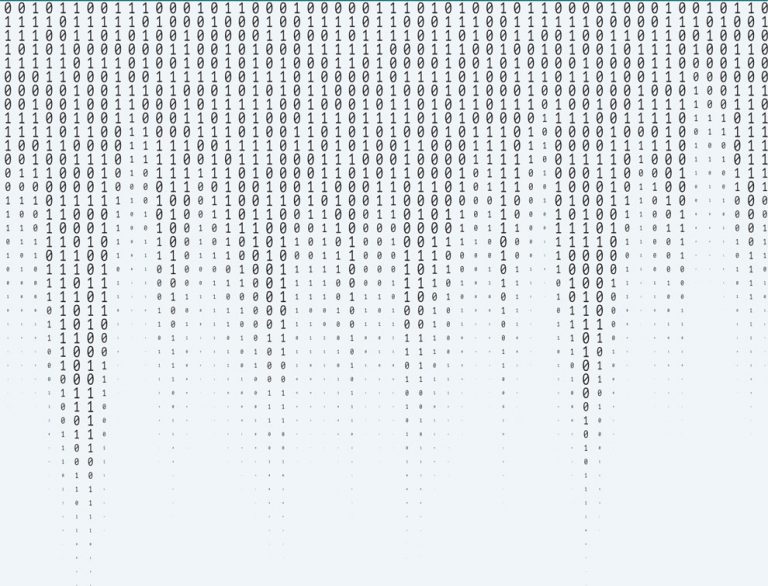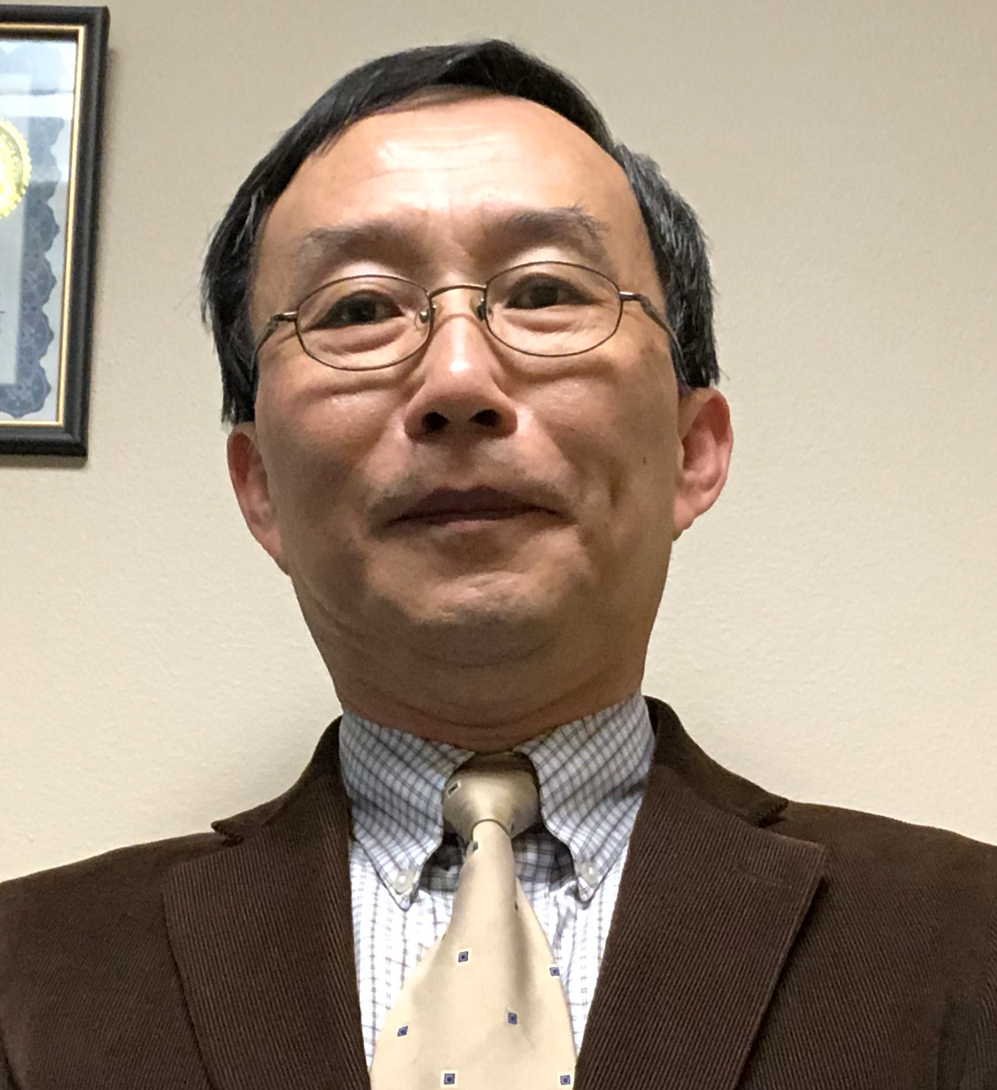
Hypatia and her brother Horatio play a game where they take turns writing down a 0 or a 1 to form an infinitely long binary sequence S. Both siblings can see all the binary digits that have been written down at any point. Hypatia starts. Below are several different alternative rules for determining which sibling wins. In each alternative case, Hypatia wins if the condition stated for that alternative rule is true for sequence S, otherwise Horatio wins.
- Beyond some point S, is a constant sequence of only 0s or only 1s.
- There is no point after which S is periodic (an endless repetition of a fixed sequence of finite length).
- S does not contain all possible finite binary sequences in it. Equivalently, at least one binary sequence of finite length is nowhere in S.
- For a given set C of countably many infinite binary sequences C = {S1,S2, …}, S ∊ C. That is to say S must be some element of C.
For each alternative rule, is there a guaranteed winning strategy for either Hypatia or Horatio, and, if so, for which sibling and what is that strategy?
Know the answer? Send your solution to ar@casact.org.
The Logic of Psychiatry
Luc Langlois provided the following solution.
Patient A is Evening type and Time T = PM
Here is the proof:
Morning Type = MT
Evening Type = ET
Options:
- O1 = Patient A is MT and T in AM (A is right)
- O2 = Patient A is MT and T in PM (A is wrong)
- O3 = Patient A is ET and T in AM (A is wrong)
- O4 = Patient A is ET and T in PM (A is right)
From Abby’s conversation with Student S1:
- At T, A thinks he is ET and PM.
- Hence, A can’t be O1 because he would have been right and would have said he is MT and T in AM.
- But he can be O2, O3 and O4.
- By knowing A’s type, S1 cannot know T.
- That means A is ET since S1 must have two options (O3 and O4)
From Abby’s conversation with Student S2:
- By knowing T, S2 can’t know A’s type.
- S2 has also eliminated O1 (same process as S1).
- That means T must be PM since S2 must have two options (O2 and O4).
 Hence O4 is the one shared by S1 and S2. So, it is the only viable answer.
Hence O4 is the one shared by S1 and S2. So, it is the only viable answer.
Solutions were also submitted by Cara Campbell, Bob Conger, John Berglund and Jonathan “J.R.” Robinson.












